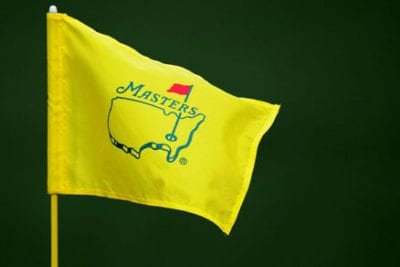Humans have a natural psychological bias to be unhappy about losing what they already think they have rather than being excited about getting something extra. A recent study showed people would pay more to stop the aircraft passenger in front from reclining into “their space” than they would to put their seat up if it was already down!
We in category management, though, seem to be immune to this. We are always talking about winning the extra sale, or “trading shoppers up” to increase AWOP etc. But, how often do we talk about a sale that we ought to have got, but then lost?
One reason why we don’t focus on this is that our main data sources completely miss any kind of insights on the lost sale. Basically, it’s not visible to us. That’s because the starting point is with a sale already made. Panel metrics have become ingrained in what shoppers did buy, not what they didn’t.
Loyalty card data attempts to fill the gap by using historic patterns. It assumes that a shopper who purchased in the past but then stops is “lost”. But that’s a big assumption. And we can’t tell if we lost them to another retailer or lost them totally.
It’s an Industry-wide problem. We don’t know about the lost sale because we don’t know who was “in the market” for our category in the store on that day. The only way to understand this at all is to measure conversion.
Conversion tells us how well our category turns the passing shopper (the “traffic”) into a buyer. The acutest loss clearly is a shopper that comes to look at our category but goes away empty handed. Their presence implies a potential need. We can be fairly sure that if they walk away we have lost them. Previous one-off projects that I have worked on, have shown levels of loss at this level of between 5% and 15% depending on category. We can then add to this the people who never “see” our category because we don’t even attract them to visit in the first place. That may be perfectly OK for some categories (if someone doesn’t need soap powder right now then we can’t really count them as being a lost sale) but for many products, this is another key loss of potential sales (and most categories compete with others for a share of mouth/throat).
That’s why we are Shopper Intelligence is going to start measuring in-store conversion in 2018

